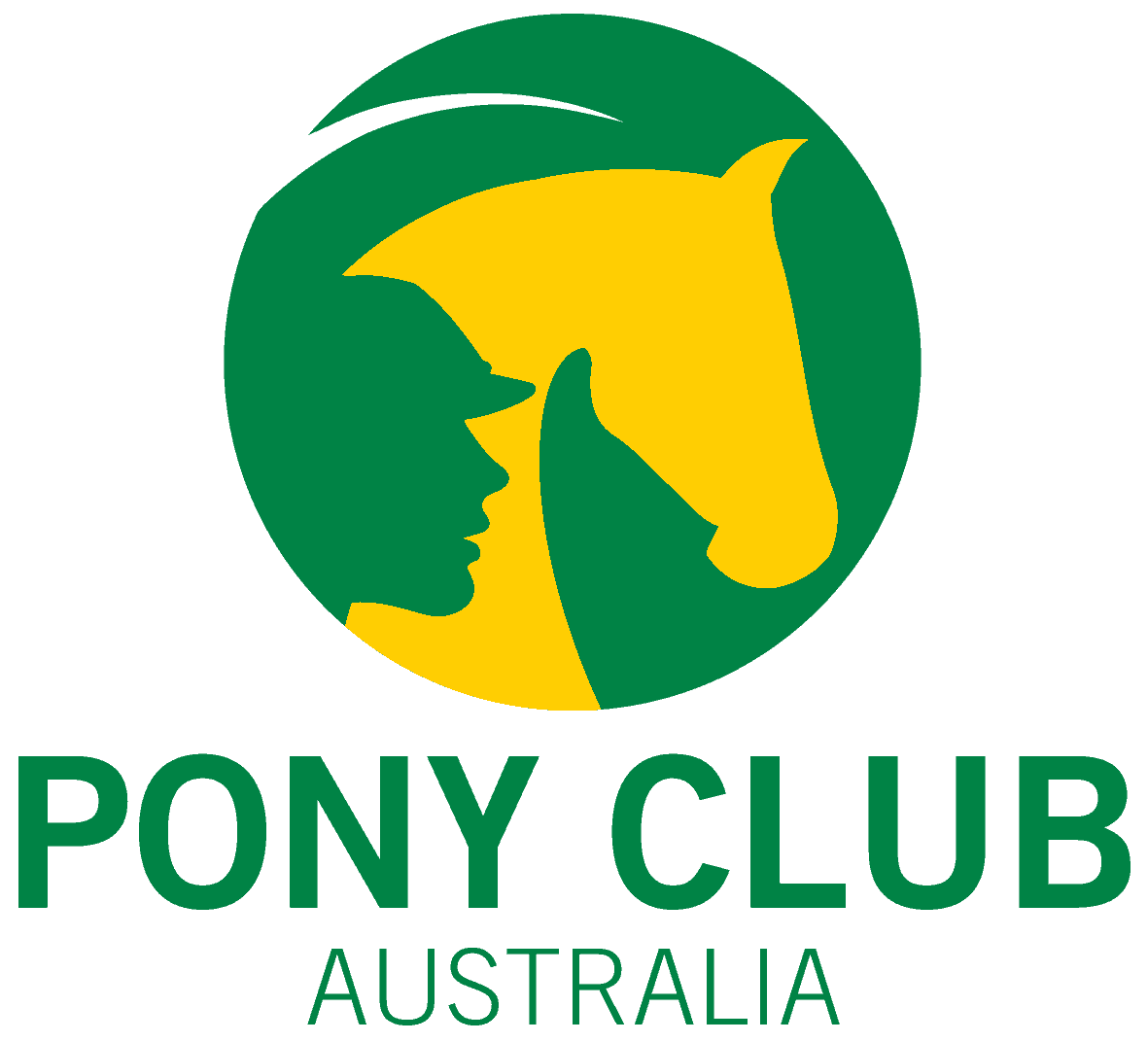Today, we’re discussing the fascinating topic of dominance patterns in horses.
The social dynamics of horses are intricate and reveal unique dominance patterns among individuals. While the idea of a strict dominance hierarchy has been popular, recent insights show that this concept doesn’t fully capture the reality.
Instead, horses exhibit ‘bilateral dominance,’ meaning each horse understands their position of dominance or submission in relation to others for specific resources.
For instance, in a group setting, horse A might dominate horse B, and horse B might dominate horse C. However, horse C could dominate horse A, and horse D might dominate both horses B and A, but not C. This dynamic demonstrates that dominance is fluid and resource-specific. One horse might be more dominant when it comes to food, while another could be more dominant in securing space. Although in some cases, a horse might appear dominant in all areas when paired with another horse, this is not the norm.
A common misunderstanding arises when terms like ‘dominance’ are used to describe a horse’s behaviour toward humans, often attributing undesirable behaviour to the horse’s dominant nature. However, what is perceived as dominant behaviour is usually a result of inadequate training. Horses do not see humans as part of their social hierarchy, nor do they understand human notions of ‘respect’ in the same way we do.
Successful trainers recognise this and take responsibility for their horses’ learned behaviours, rather than attributing issues to dominance or disrespect. Embracing this perspective helps in fostering a more harmonious and effective training environment.
This information is adapted from Pony Club Australia’s rider manuals, which members study on the way to achieving their proficiency certificates.
